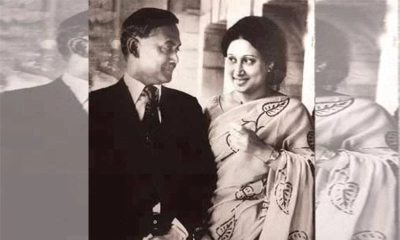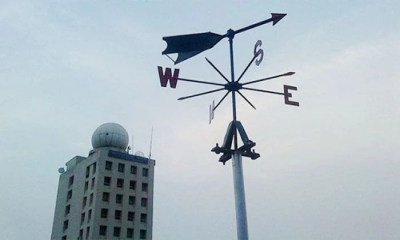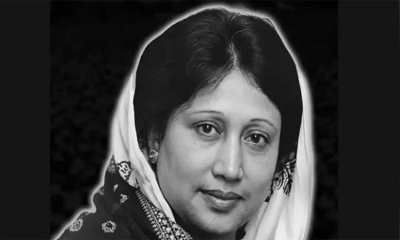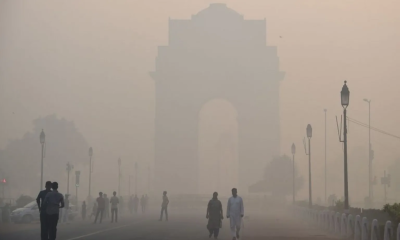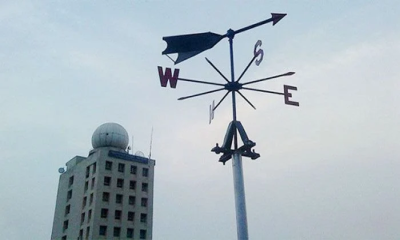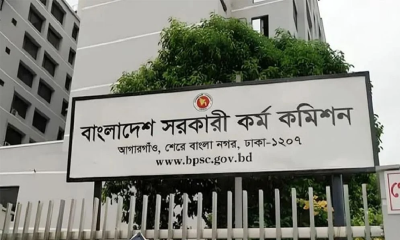The surge in AI (artificial intelligence) has revolutionized content creation, blurring the lines between what is genuine and what is computer-generated. As this technology becomes more sophisticated, the challenge of distinguishing between real and AI-generated content intensifies. This distinction is increasingly vital for maintaining credibility in the media. This article presents proven and reliable techniques for accurately identifying AI-made images.
Proven Strategies to Identify an AI-generated Image
Analyzing Image Details
AI-crafted visuals often exhibit subtle, yet telling inconsistencies. For instance, textures might appear unnatural or overly smooth, while object alignments can seem off, forming a sense of visual distortion. Common issues include strange artifacts around edges or repetitive patterns uncommon in real-world photography.
Additionally, aspects like hair, hands, or reflections are often areas where AI struggles to replicate natural accuracy. Discrepancies that hint at artificial creation can be detected more readily by closely analyzing these details.
Metadata Examination
Genuine photographs typically contain detailed metadata, including camera model, lens type, exposure settings, and even GPS coordinates. Algorithmically designed images, however, often need more comprehensive data. Instead, metadata might show signs of image-editing software or specific AI tools used in the design process.
For example, metadata may include software names or unusual data entries that deviate from standard photographic metadata. Scrutinizing these elements often discerns whether the image was taken with a camera or generated through AI.
Understanding AI Art Styles
Recognizing digitally fabricated images often involves understanding their distinct artistic styles. These computer-programmed arts often follow distinct patterns, including surreal elements, exaggerated forms, and strikingly vibrant color schemes. The configurations always stand apart from conventional photography.
For instance, AI might produce images with inconsistent lighting or shadow effects, or details that appear overly smooth or enhanced. Familiarity with these stylistic traits and digital quirks are poised as major indicators for simulated fabrication.
Reverse Image Search
Submitting an image to a reverse search engine allows users to uncover its online appearances, including potential sources and related visuals. This method can reveal if a picture is linked to known AI databases or if it has been flagged as computer-generated in other contexts.
Furthermore, reverse searches can uncover if the image has been used or modified in various locations. This assessment assists in verifying if the work is original or not.
Checking for AI-made Elements
Examining specific elements within an image can expose a lack of authenticity. For example, unnatural lighting and shadow effects generally do not match the real-world light sources in the scene. AI may struggle with accurate light source placement, leading to inconsistent or unrealistic shadowing.
In addition, synthesized imagery might feature unusual combinations of objects or scenarios that defy logical consistency, such as items appearing in impractical or improbable arrangements. Spotting these discrepancies helps determine if an image is created by AI rather than being a genuine photograph.
Summing Up
Detecting AI-generated images requires a keen eye and a strategic approach. Analyzing subtle inconsistencies in visual details and verifying metadata can reveal digital origins. Distinctive AI styles and reverse image searches help track image sources. Finally, assessing lighting and object placement ensures natural accuracy. With advancing AI technology, identifying these features is essential for ensuring the authenticity and credibility of visual media.


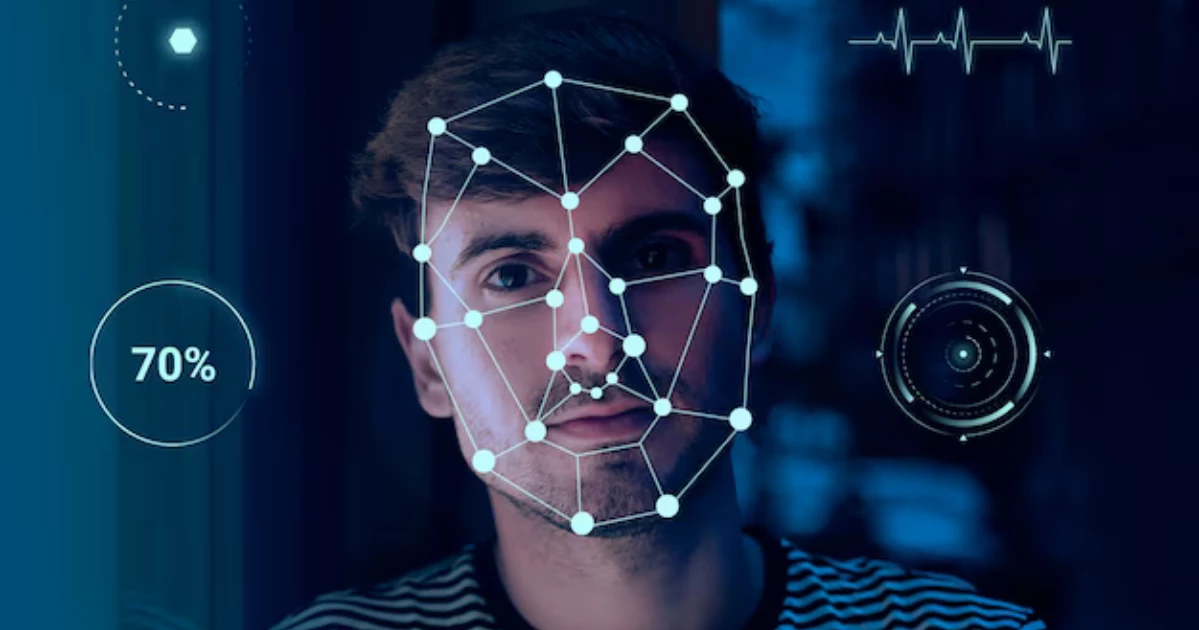



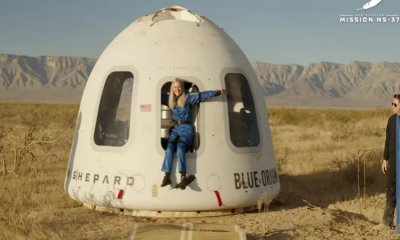

-20251216092417.webp)
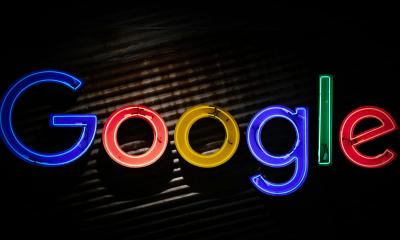





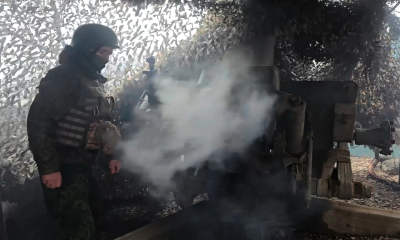
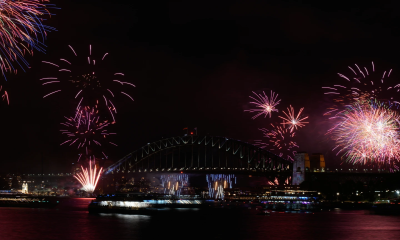


-20251231101531.webp)

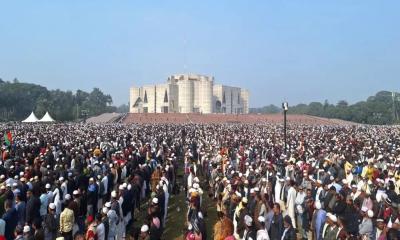

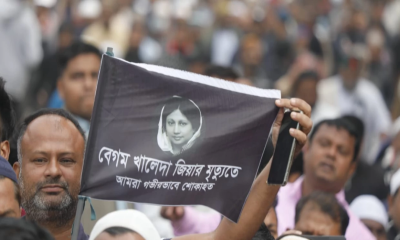
-20251231082350.webp)
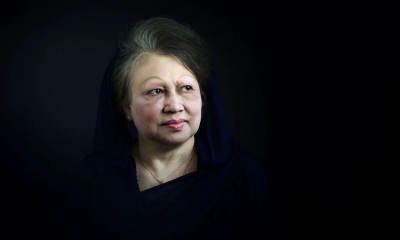

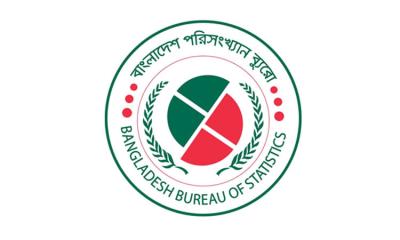

-20251227141313.jpeg)
